|
I have two Golden Retriever Service dogs that receive annual ophthalmological eye exams through the ACVO/StokesRx National Service Animal Eye Exam Program. My dogs have benefited from this program for over 6 years now and I am truly grateful to the ophthalmological clinics that participate in this program to provide this wonderful service for our service animals. Last Friday we had another annual exam with for my two Goldens. One of the two dog’s eyes has dark brown irises. The examining ophthalmologist, Dr. Nathan Kice, at Summit Veterinary Referral Center in Tacoma, WA pointed out that because of her dark brown iris she is susceptible to a condition called Golden Retriever Pigmentary Uveitis or GRPU, which researchers are discovering can affect about 25% of all golden retrievers with dark iris eyes. This condition, if not kept under control, can cause blindness and usually affects both eyes. Jada has had 6 annual ophthalmological exams since she was certified as a service animal and I was surprised that nothing was said to me in the past about GRPU. The past two years the exams were done at different clinics because I have been out of state during the exam times in May. Below is a link to read more about GRPU. If you do not have a Golden Retriever to be concerned about I ask that you will pass this information on to anyone you know that have Golden Retrievers. Many General Practice Veterinarians aren’t even aware of the condition for the research information is published on the Ophthalmology websites and magazines. One sign is red eyes in the whites of the eyes and can be mistreated as allergies. It is caused by inflammation and the inflammation cause needs to be treated. I will continue to use my natural products to reduce inflammation and hope that this will protect my sweet girls eyes. I will also get the recommended annual ophthalmological eye exam to keep us informed. http://animaleyecare.net/diseases/grpu/ Dr. Kice, myself and my two Golden Retrievers at their Annual Eye Exam through the ACVO National Service Animal Eye Exam Program.
Thank you Dr. Kice for your love and care of our service animals to participate in this annual program. This is an exceptional clinic.
0 Comments
Don't forget all the things associated with Easter that are harmful to your pets! Pet proof your home to have a safe Easter weekend with your pets. Especially in households with younger children, it is very import to pet-proof your house for Easter festivities! Between sneaking chocolate from baskets, eating candy wrappers strewn across the house, and mistaking fake, plastic grass for the real deal... Easter weekend is an ingestion hazard waiting to happen.
The best place to start is by avoiding all fake, plastic Easter-basket-grass as it can be lethal when consumed by an unsuspecting pet (not to mention it's very hard to recycle!). Here are some favorite go-to replacements are:
As with all holidays, I always recommend pet-proofing your GUESTS as well as your house to avoid incidents and to reduce the stress on your pets. Especially with less-frequent guests, give visitors a quick run-down of your pet-rules-of-the-house - i.e. keeping outside doors closed, not feeding the pups from the table, don't chase or handle the animals, unless advised how to. However, in any situation with many visitors to your home, your pets will inevitably have heightened anxiety and stress. In these situations I've found two products to be incredibly effective in keeping my pets happy and relaxed - Diffusing doTERRA Essential Oils and playing calming music. They can both calm your pets!
I have experienced many friends losing their special dear pets this month and it brings up memories of how we all miss our beloved pets when they transition across the Rainbow Bridge. Each pet leaves special memories in our heart. Some transitions are more expected when a pet has become a senior and the body is failing or unhealthy but when it is because of an accident it is harder for the parent(s) can feel guilt for not protecting the pet from danger. Today I experienced a family’s special friend run through an open door and into the street where he was hit by a car and died instantly. My purpose for writing this blog is to help pet parents understand the importance of some basic training to help prevent situations like this. As pet parents we are responsible for the safety of our pets just like we are responsible for the safety of our children. It is highly recommended for pet parents to have a basic pet training class to teach our beloved best friends to sit at the door and never go through the door before we do. This waiting for us to go through the door first and then inviting our dog to follow us can prevent so many accidents from happening. Pet basic training should be something every dog parent does for the safety of the pet and their wellbeing. Our dogs love to please us and they do love training. It is great bonding time for the pet and parent(s). It also creates mental activity that can drain some extra energy from the younger dogs. Pet Training also makes pets good citizens. Dog Age Chart: From the American Kennel Club (AKC) Of course there are many things you can do to keep you dog healthy and active to live a happy and healthy.
*Feed a nutritionally balanced species - appropriate diet. *Maintain a healthy weight *Provide plenty of exercise. A variety of different activities is great. *Don't over vaccinate - Many vaccinations are needless and can be harmful to the immune system. *Provide regular exams. Using a Holistic or Integrative Veterinarian if possible to prevent issues before they escalate. Would you like to have a Laundry Softener that isn't full of chemicals? Check out this video on how to make a safe chemical free softener. You clothes will also smell great and citrusy. Here is a bit of advice for keeping your pets safe. Has your pet ever eaten something they shouldn’t that could block their digestive track and cause major complications if they develop a blockage in their digestive track? I have had this happen twice with one of my dogs that thinks things are a treasure to keep and eat instead of letting someone else have them. I experienced this with this dog years ago when she decided to swallow a leather baseball cover instead of letting the other dog that she was playing with keep it. The leather cover stitching broke on the ball and she managed to get the cover off the ball that was in his mouth. Needless to say we took an emergency trip to my vet who just happened to have a cancellation that morning and induced vomiting to remove the cover. If the cover would have entered the digestive track she would have had to have surgery to remove it. This happened close to my vet so I was lucky.
Yesterday this same dog decided to play keep away with the packaging of chicken which consists of the Styrofoam tray and the pellet type lining that is use to absorb the juices to keep them from leaking while packaged. She was outside and wanted to play keep away and swallowed the packaging and pellet substance instead of giving it up. It was my fault for being careless of were the packaging was left for disposing of it. I knew she was going to have to vomit this up but I was miles from a vet or emergence clinic and it was past regular office hours. I decided I would have to use a technique that I knew about to induce vomiting in pets. Amazingly it worked and the unwanted substance was out of her and on the ground within 10 minutes. I was so happy and I want to tell you about this method of inducing vomiting. Hopefully you will never have to use it but I feel it is something you should know. What will induce vomiting is a 3% solution of Food Grade Hydrogen Peroxide. IT MUST BE FOOD GRADE! The dosage is generally 1 tsp/10# weight in dogs. I mixed it with some raw chicken and water. I was also told that it should be a unopened bottle of Hydrogen Peroxide to be effective. I always keep an unopened bottle just for this purpose. You can google it to find out more details for cats. Make sure it hasn’t been two hours since the animal ate the unwanted substance. Look for more details online for dangerous substances that should not have vomiting induced. You should never induce vomiting with brachycephalic pets (pets that have a smooshed face and are more at risk for inhaling vomit into their lungs. Brachycephalic breeds include the following: English bulldogs, Pekingese, Shih-Tzus, Pugs, etc. You can check the link below for more precautions. http://www.pethealthnetwork.com/dog-health/dog-toxins-poisons/inducing-vomiting-your-dog By Rachel dōTERRA Wellness Advocate
DōTERRA added Copaiba essential oil last fall and we are EXCITED to have this oil in our arsenal because it is powerful for our brains and nervous systems. I’m excited to share more about this oil with you. CBD oil has been a hot topic lately as an alternative to drugs. There are a lot of questions about CBD vs Copaiba oil so I will break down the differences in an easy-to-understand way. There’s also a lot of controversy, and even more opinions, these days about medical marijuana, CBD oil and products that contain THC so let’s start with some definitions…. Cannabinoids: Any chemical compound that affects one or both cannabinoid receptors in the human body, CB1 or CB2. Some cannabinoids are legal (CBD and those found in essential oils) and some, like THC from cannabis/marijuana, are not … Here are 3 types of Cannabinoids: CBD: CBD, or CannaBiDiol, is a naturally occurring component of the cannabis and hemp plants. CBD made from hemp has a low concentration around 2-4%. If derived from cannabis/marijuana CBD has a higher concentration around 5-30%. All CBD extractions contain some amount of THC (the part of the plant that makes you feel high) though some are low enough to be legal in our country. CBD is often said to be legal in all 50 states but that is controversial. Benefits include pain relief, reduces anxiety, effective against cancer, treats seizures and other neurological issues, prevention of diabetes through lower insulin levels and promotes cardiovascular health. This is the power of cannabinoids! THC: THC, or TetraHydroCannabinol, is also a naturally occurring compound in the cannabis plant. This is the part of the plant that makes people feel high when they smoke marijuana or use products that contain THC. Supplements that contain THC are only legal in a few states. THC resembles another cannabinoid naturally produced in our brains, anandamide, which regulates our mood, sleep, memory, and appetite. Hence the reason THC makes you relaxed … and hungry. BCP: BCP, or Beta-CaryoPhyllene, is the dietary cannabinoid found in dōTERRA's Copaiba oil. Not only is it in Copaiba essential oil it’s in dōTERRA's in very high amounts – 60%!!! While this is a different type of cannabinoid than CBD it directly affects the same CB2 receptors in amazing ways and is present in a much higher amount. It’s also found in lower levels in other essential oils, in lower amounts, like Black Pepper and Melissa. What are cannabinoid receptors? We all have cannabinoid receptors in our bodies and they are super important. They are found all over the body, in the brain, organs, tissues, glands and immune cells. In each tissue, the cannabinoid system performs different tasks, but the goal is always the same: homeostasis. We have two different types of receptors – CB1 and CB2. CB1, predominantly present in the nervous system, connective tissues, gonads, glands, and organs; and CB2, predominantly found in the immune system and its associated structures. Many tissues contain both CB1 and CB2 receptors, each linked to a different action. (source) The CB1 receptors are the ones that THC interacts with and causes psychotropic effects. The CB2 receptors are the ones that do not make you “high” when affected. These are the target when using CBD oil and Copaiba essential oil. CBD actually indirectly interacts with CB2 receptors while the main constituent of Copaiba interacts directly. CB2 receptors are found mostly in the immune system, and they seem to reduce inflammation and certain kinds of pain. So to summarize CBD vs Copaiba oil ….. THC comes from the cannabis or hemp plants. It is completely illegal in about half the US and legal for at least medical purposes in the other half. CBD oil from hemp contains only trace amounts of THC and is legal in all 50 states. It does not make you high but it does help with neurological issues, pain and more by indirectly interacting with CB2 receptors in the body. BCP, caryophyllene, is a cannabinoid found in very high levels in dōTERRA's Copaiba and it interacts DIRECTLY with CB2 receptors. When taken internally, the BCP in Copaiba possesses strong antioxidant properties, promotes healthy cellular function, may help support immune function while supporting overall circulatory health, and may help support the health of the gastrointestinal tract and colon. Additional research has shown that Copaiba essential oil (with all its constituents) may help keep the mouth, teeth, and gums clean and healthy looking. Topically applied Copaiba oil may also help keep the skin clean and clear while helping to reduce the appearance of blemishes. Another interesting experimental research study found that Copaiba taken internally may help to support uterine health and ease menstruation.* *These statements have not been evaluated by the Food and Drug Administration. This product is not intended to diagnose, treat, cure, or prevent any disease.
Everyone is always wondering why their dogs eat grass and we all have different answers. I thought this video from Dr. Karen Becker, DVM said it well.
I have been following Veterinarian Dr. Jean Dodds' research on many dog health issues for years. She is an advocate for limiting excessive vaccinations and offers reduced cost blood titer tests to check the antibody levels in our pets so we don't over vaccinate. She offers this and so much more through her HemoPet Clinic in California. The blood sample can easily be sent to her clinic for workup. I have personally used their services. Dr. Dodds is also an expert on thyroid conditions, diabetes and food allergies. The Nutriscan information for food allergies is below. Dr. Dodds has asked her followers to share the Hemopet Newsletter to inform pet parents of the many ways to help keep our pets healthy. If you are interested please sign up to receive her newsletter. Valley Fever on the Rise
Dr. Dodds explains Valley Fever, the ongoing environmental and medical research, and how you can help. Parts of this information is from Dr. Karen Becker, DVM I have experience chocolate poisoning from a family pet and it was scary. We spent Christmas Eve and early into Christmas Day in the Emergency Veterinarian Clinic with my son's Golden Retriever about 6 years ago and it sure made me more cautious about keeping an eye on what food is around that we might not even thing twice about being a concern for our pets. This sweet counter surfing dog ate a majority of some rich dark chocolate brownies. She couldn't have had a more dangerous snack for this was the most serious type of chocolate poisoning. The vets had to pump her stomach and then get charcoal into her stomach to absorb any of the chocolate that wasn't discharged by vomiting. After that she had to be watched very closely to make sure she didn't have any other reactions which made for a very long night. Luckly there was an emergency clinic close and she was cared for immediately so she did fully recover. Please watch your Pets Closely especially if you have children in the household! By Dr. Karen Shaw Becker
According to veterinary journal dvm360, here’s the extent of what most pet parents know about the dangers of chocolate: Chocolate + Dog = Big trouble. This is actually a good, if simplistic way to frame the issue. Dogs are much more often the victims of chocolate poisoning than cats, because dogs like sweet-tasting things, and they’re indiscriminate eaters. They make up 95 percent of chocolate emergency calls according to the Pet Poison Helpline, and in some dogs, even the wrappers from candy can result in secondary obstruction in the stomach or intestines.1 But why, exactly, is one of our favorite treats such a problem for furry family members? Chocolate Poisoning PrimerChocolate is made from the roasted seeds of the Theobroma cacao or cocoa tree. The seeds have certain properties that can be toxic for dogs (and cats), including caffeine and theobromine, which are naturally occurring stimulants. Both theobromine and caffeine stimulate the central nervous system and heart muscle. They also relax smooth muscles, especially the bronchial muscles, and increase production of urine by the kidneys. Studies show dogs are especially sensitive to theobromine compared to other domestic animals. This is because they metabolize the substance very slowly, which means it stays in the bloodstream for an unusually long time. This may also be true of cats, but because kitties don’t commonly overdose on chocolate, there isn’t a lot of research on feline chocolate toxicosis. Even small amounts of chocolate can cause adverse reactions in pets, and the darker the chocolate, the more theobromine it contains. Baker’s chocolate, semisweet chocolate, cocoa powder and gourmet dark chocolates are more dangerous than milk chocolate. Other sources include chewable flavored multivitamins, baked goods, chocolate-covered espresso beans and cocoa bean mulch. White chocolate has very little theobromine and won’t cause poisoning in pets. Though not commonly seen, the worst of the worst is dry cocoa powder, which contains the highest amount of theobromine per ounce — 800 milligrams per ounce versus Baker’s chocolate at 450 milligrams per ounce. How Much Is Too Much?“It’s the dose that makes the poison,” according to the Pet Poison Helpline. For example, a few M&Ms or a bite of a chocolate chip cookie are unlikely to cause a problem for your dog. Standard guidelines for chocolate poisoning in dogs include:2
healthypets.mercola.com/sites/healthypets/archive/2018/02/23/chocolate-poisoning-in-pets.aspx?utm_source=petsnl&utm_medium=email&utm_content=artTestHP_A4&utm_campaign=20180213Z1&et_cid=DM185914&et_rid=212713734 |
Blog CreatorMary DeRoche Archives
April 2024
Categories
All
|
DISCLAIMER: I, Mary DeRoche, am not a veterinarian and do not practice medicine. I do not diagnose, cure, heal, treat disease or otherwise prescribe medication. I assist people in working with their animals in correcting energetic imbalances in their pet’s bio-field that assists the body to release its innate healing ability. When the energy chi of the body is balanced and moving correctly, the body’s innate natural energy heals itself. All healing is self-healing. Animals are affected by their environment so I also include the pet parents in my work. Animals do pick up energy from their family and environment. I only recommend the use of therapeutic grade essential oils for your pets because therapeutic grade essential oils have been tested to guarantee that they are free of synthetics, additives, toxins and any other impurities, which can result in side effects and/or inconsistent results. Essential oils and supplements are recommendations to help boost the pet’s immune system.
I recommend that clients continue to see their pet’s regular veterinarian and follow their advice and my work is a complement to regular allopathic medicine. My spiritual energy work is not a substitute for conventional medical diagnosis or treatment for any medical or psychological condition. For such issues, you should seek the proper licensed veterinarian. I am a Healing Touch for Animals Practitioner and a Subtle Energy Practitioner and my work is spiritually and energetically based and I believe all healing is spiritual in nature. I do not make any promises, warranties or guarantees about results of my work, or of the energy sessions. The energy sessions help many animals but like any energy work, it might not work for everyone. The use of essential oils, herbs and supplements is to assist the pet with balancing chakra centers for proper energy flow or chi.
© 2013~2023 Pawsitive Wellness Center All Rights Reserved.
I recommend that clients continue to see their pet’s regular veterinarian and follow their advice and my work is a complement to regular allopathic medicine. My spiritual energy work is not a substitute for conventional medical diagnosis or treatment for any medical or psychological condition. For such issues, you should seek the proper licensed veterinarian. I am a Healing Touch for Animals Practitioner and a Subtle Energy Practitioner and my work is spiritually and energetically based and I believe all healing is spiritual in nature. I do not make any promises, warranties or guarantees about results of my work, or of the energy sessions. The energy sessions help many animals but like any energy work, it might not work for everyone. The use of essential oils, herbs and supplements is to assist the pet with balancing chakra centers for proper energy flow or chi.
© 2013~2023 Pawsitive Wellness Center All Rights Reserved.
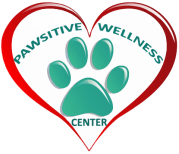

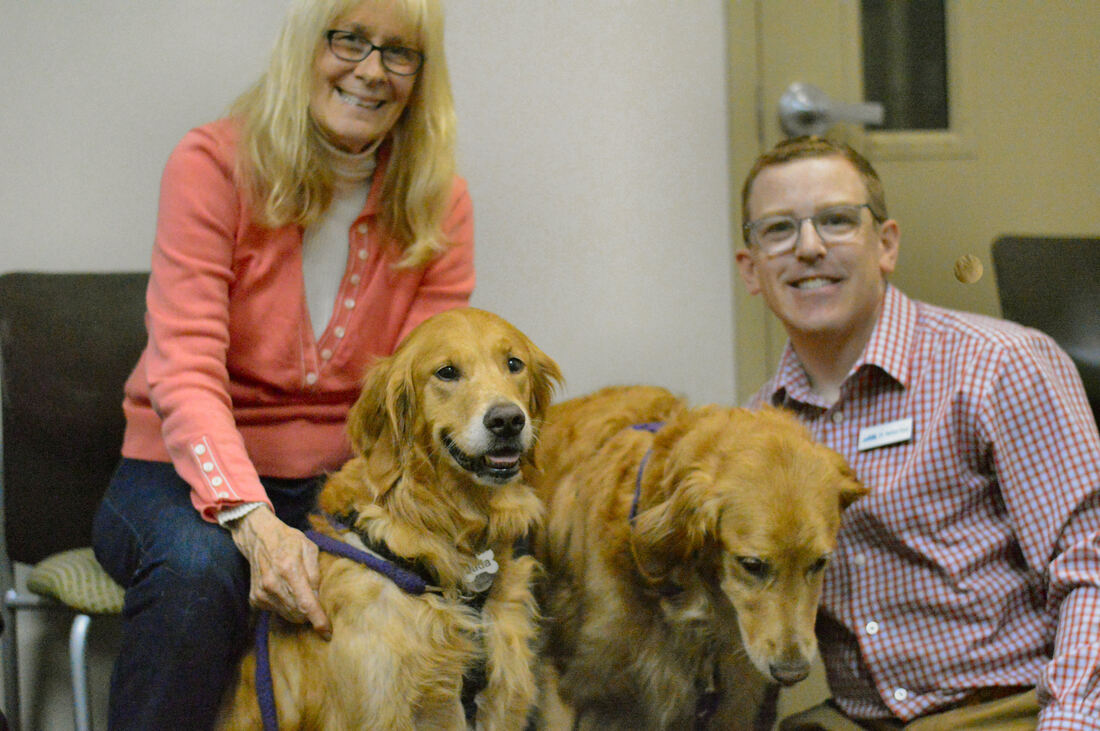
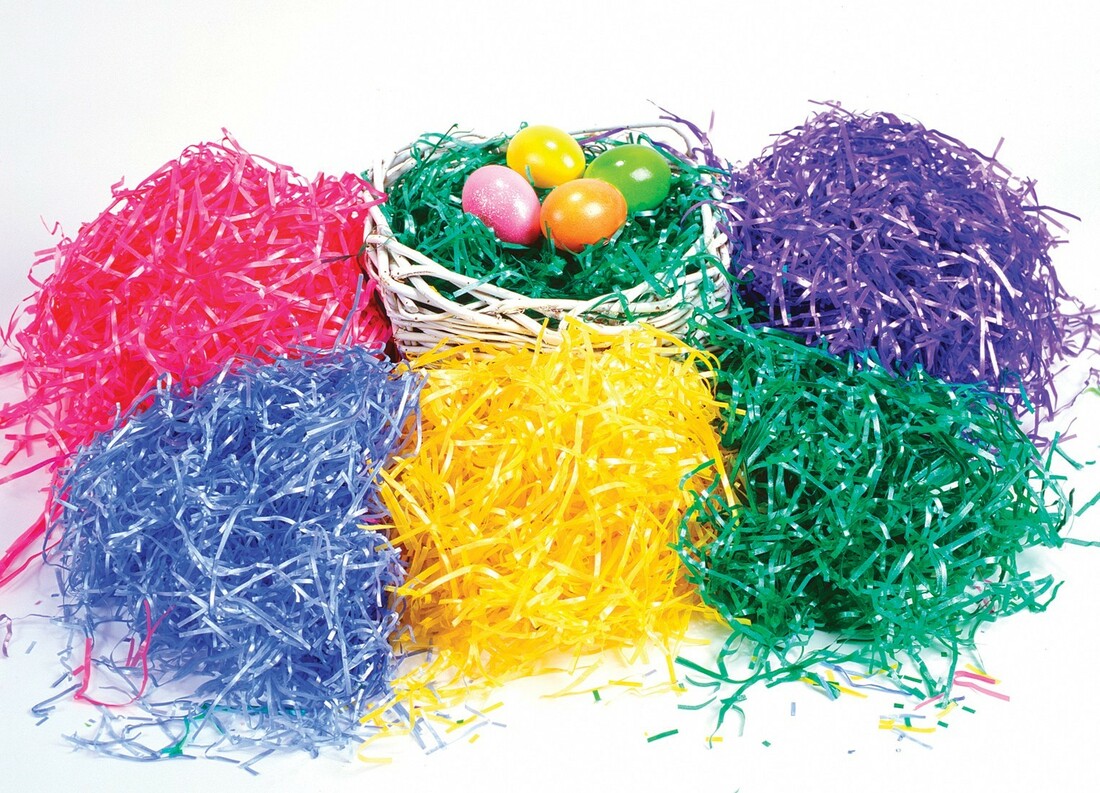

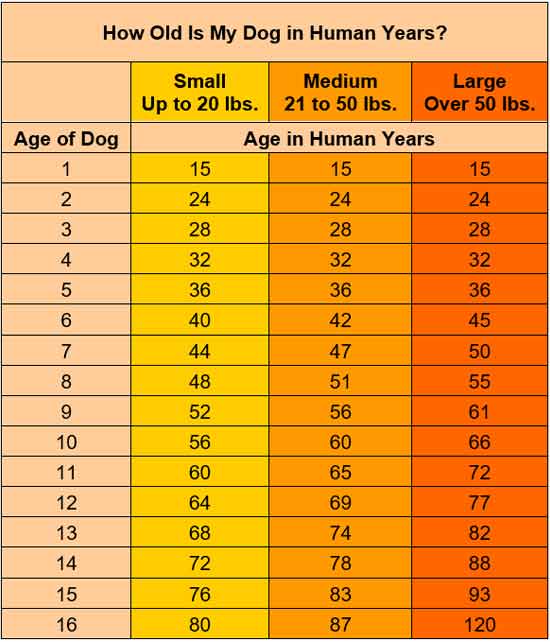
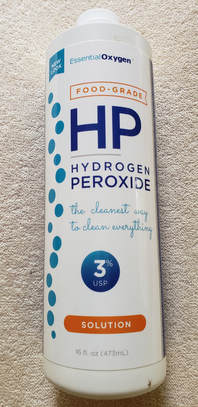
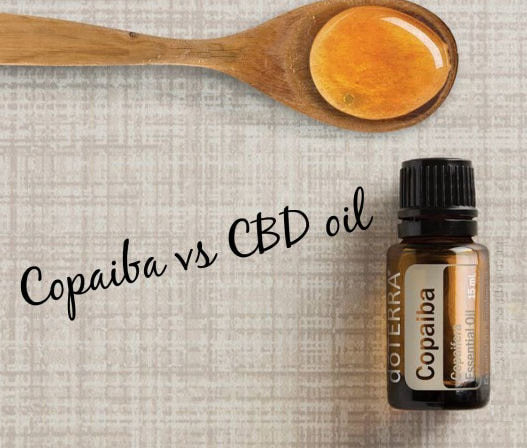

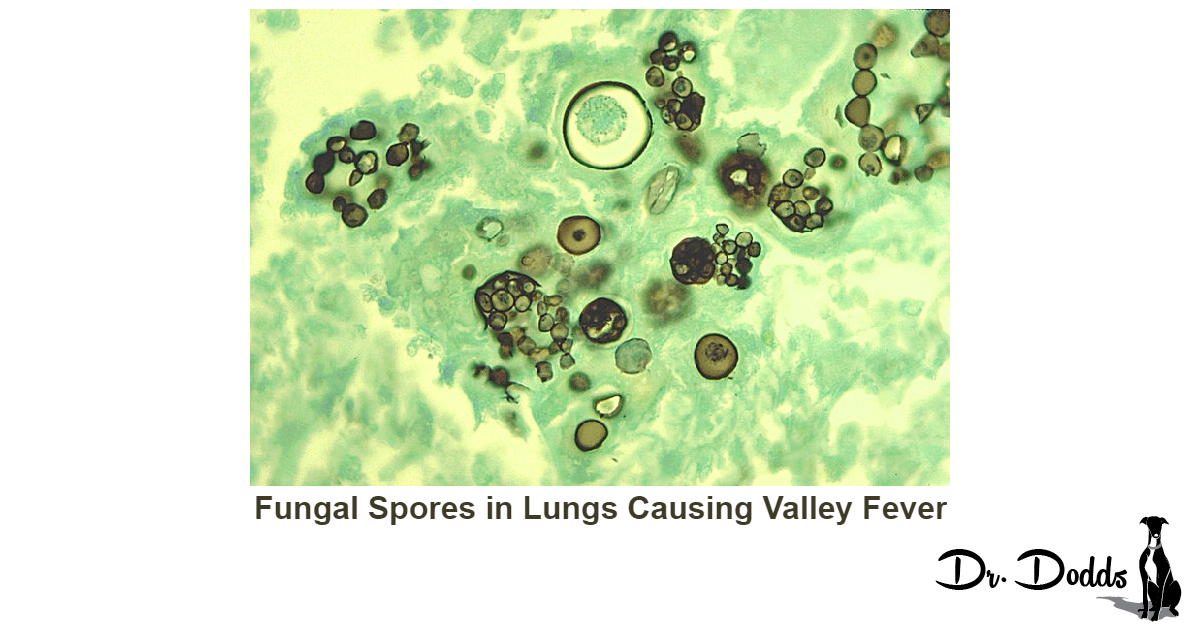
 RSS Feed
RSS Feed